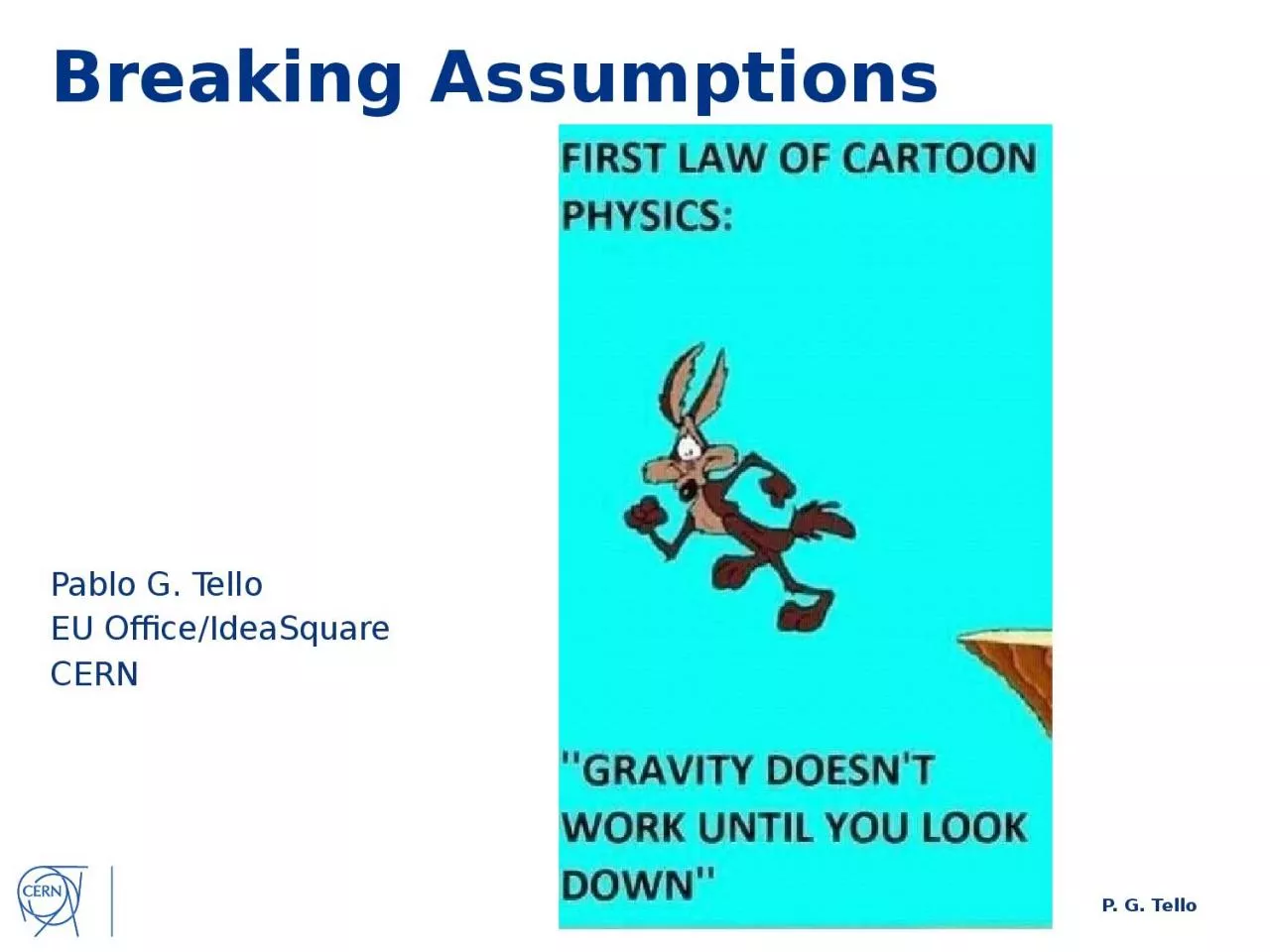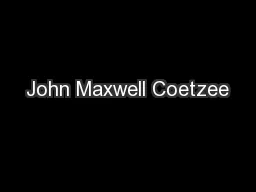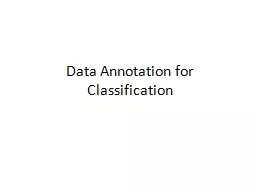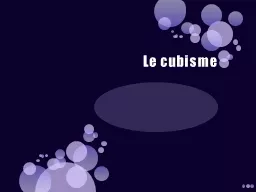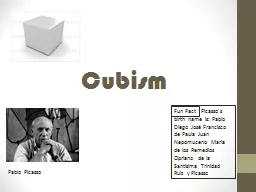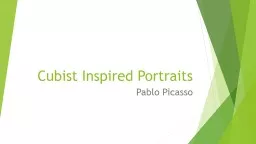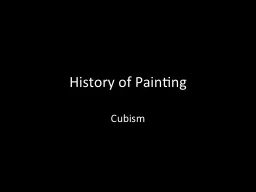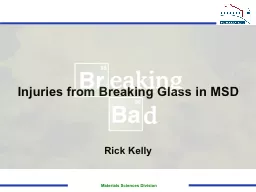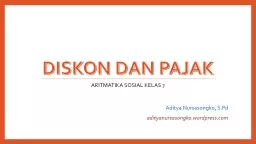PPT-Breaking Assumptions Pablo G. Tello
Author : Dragonfruit | Published Date : 2022-07-27
EU Office IdeaSquare CERN yes but how The most difficult to achieve is to Challenge Assumptions Generate new possibilities A useful technique LATERAL THINKING
Presentation Embed Code
Download Presentation
Download Presentation The PPT/PDF document "Breaking Assumptions Pablo G. Tello" is the property of its rightful owner. Permission is granted to download and print the materials on this website for personal, non-commercial use only, and to display it on your personal computer provided you do not modify the materials and that you retain all copyright notices contained in the materials. By downloading content from our website, you accept the terms of this agreement.
Breaking Assumptions Pablo G. Tello: Transcript
Download Rules Of Document
"Breaking Assumptions Pablo G. Tello"The content belongs to its owner. You may download and print it for personal use, without modification, and keep all copyright notices. By downloading, you agree to these terms.
Related Documents

